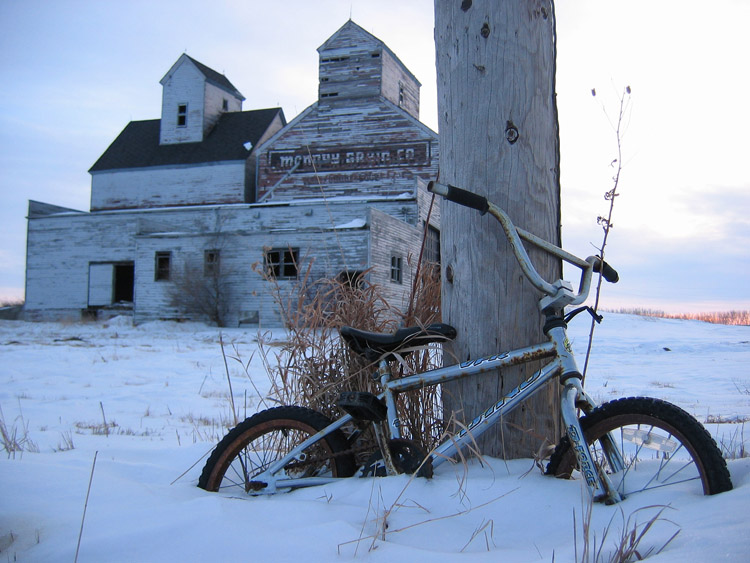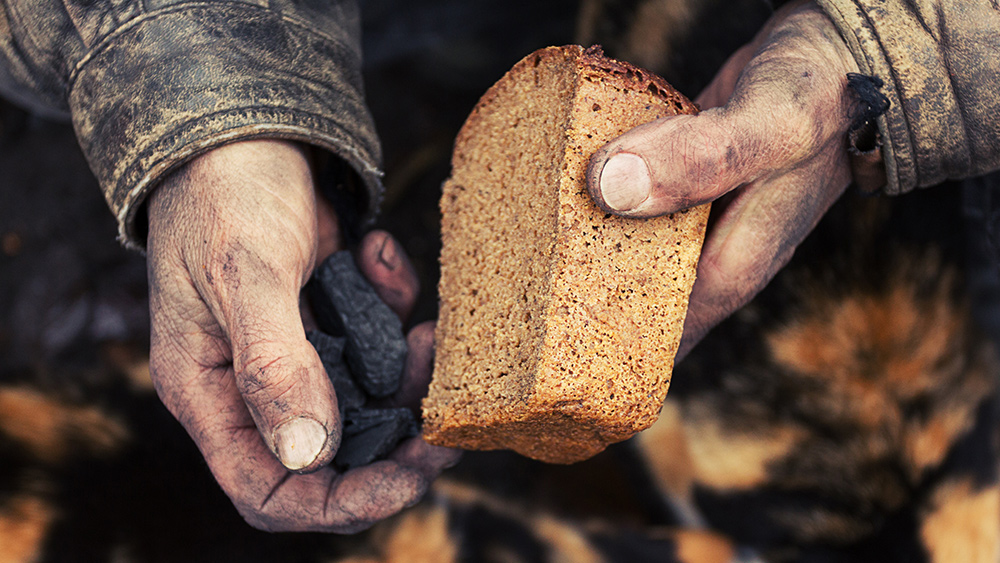
Advertisement
(Bugout.news) So, stuff has hit the proverbial fan and you’ve grabbed your gear, secured your home and you’re proceeding along a well-practiced route to your pre-determined bugout location. Only, “the unexpected” happened [insert various unexpected scenarios here] and you’ve had to alter your course.
But the course alteration will mean that it will take you longer to get to your bugout site, and you only have provisions for a few days, at best. You counted on a little bit of a delay so you packed for that. Yet now you’re faced with a delay of several days or even a couple weeks because plans and situations changed.
Now, you’ve got to forage on the run – you and about a million other people, right? Where are you going to find the provisions you need along your new route of travel – enough to carry you through to your bugout shelter, where plenty of food, water and gear await you?
The very first thing you shouldn’t do is travel well-traveled roads and paths. Following a SHTF situation, most people will take the paths of least resistance to get around. Roads will be clogged anyway, so you’re not likely to get far. Plus, part of your bugout plan probably involved staying off the beaten path(s), either through use of a motorized two-wheel mode of travel or by foot.
Now, that said, below are some places you can forage for things you are going to need, like food and water, but also medicines, gear and other items (you can use these foraging techniques even after you reach your bugout location). Always make sure you scout out your scavenging location beforehand; don’t just waltz right up to it and go in because you might just find yourself walking into a “problem” situation, shall we say.

— Automobiles: Abandoned cars are going to be plentiful. No doubt some of them will still have keys in them, so you’ll be able to check trunks as well. Look everywhere: glove box, back seat, floorboard, trunk. It’s highly likely that people who decided that bugging out with a vehicle over-packed; when they found out they were trapped on a highway they took only what they could carry and left the rest. Tip: Look for food/snack vans and trucks that haul 5 gal. bottles of water. Granted, you won’t be able to haul one with you, but you’ll have plenty to refill your own stocks. And it’s guaranteed potable.
— Businesses: Chances are pretty good that food and convenience stores are going to be picked pretty clean, but what about that locale auto shop that might have a vending machine or two? How about the gas station that isn’t a convenience store? What about offices, where employees likely brought in food for lunches and so forth? Offices have vending and water machines as well. Plus, if the water is still turned on, you can refill your supply from a tap.
— Homes: As the emergency stretches on, more people are likely to abandon their homes in search of provisions and a safer place to stay. Again, they probably couldn’t carry everything they wanted to take with them so there will be items left behind that you can use – food items, water, clothing, tools – maybe, if you get lucky, even a weapon or two with ammunition (if no ammo, take it anyway – you can always barter it for something else). But be careful; observe for at least an hour before you approach any home, to make sure no one is occupying it. Another thing to remember is that if the emergency is short-lived, law and order will return and you don’t want to be caught and charged for breaking-and-entering (in a major collapse, of course, this won’t really matter much).
— Emergency centers: In a collapse, at least initially, government will likely establish regional assistance centers. Before they get overwhelmed there will be food, water, shelter and other provisions at these centers. Take advantage of them while they exist because the longer the emergency lasts, the more likely these centers are to be overwhelmed and, thus, under-serving.
— Old camps: You may, during your travels, come across old campsites – those that were formed recently by others escaping the collapsing world or well-established commercial campsites. Either may have some items you can scavenge – if not food, perhaps some tools or clothing. The commercial campsites usually have a place where you can pick up basic items like snacks, water, soap and other amenities.
— Stopping for the night: Especially in rural America, there are old barns and outbuildings on farms everywhere. These will be especially handy as they’ll serve as a base of operations for a few days and provide you with an opportunity to stay out of site and get some rest. In collapsed cities, think about old warehouses or office buildings, but again, always scout them out first. And be ready to find someone lurking just around a corner or behind a door.
In an emergency you never know what you might turn up or where you might find things. But thinking about foraging now, before you have to actually do it, will help you survive. You just need to know where to look.
Bugout.news is part of the USA Features Media network of sites. For advertising opportunities, click here.
Materials reuse policy: Click here
Submit a correction >>
Advertisement
Advertisements















